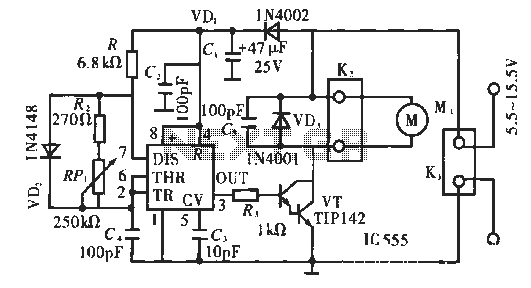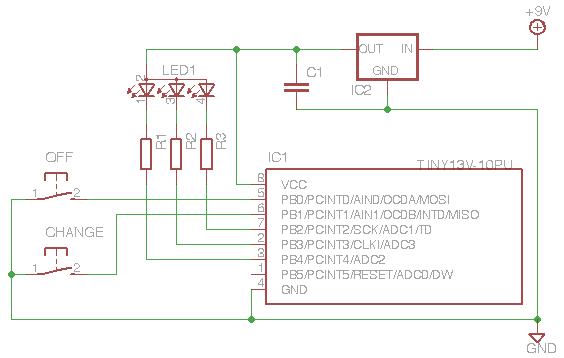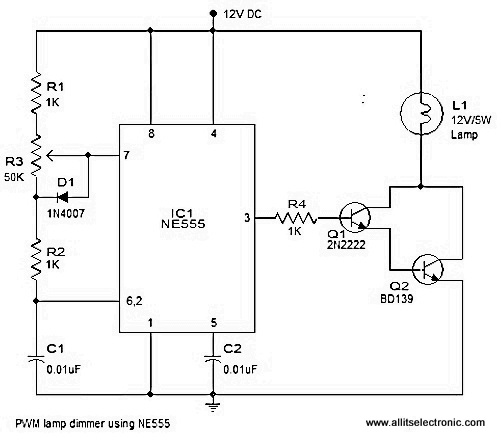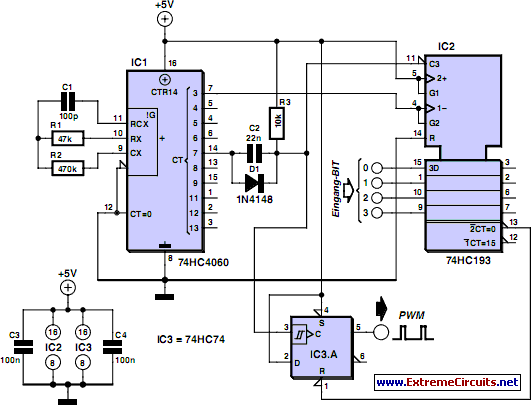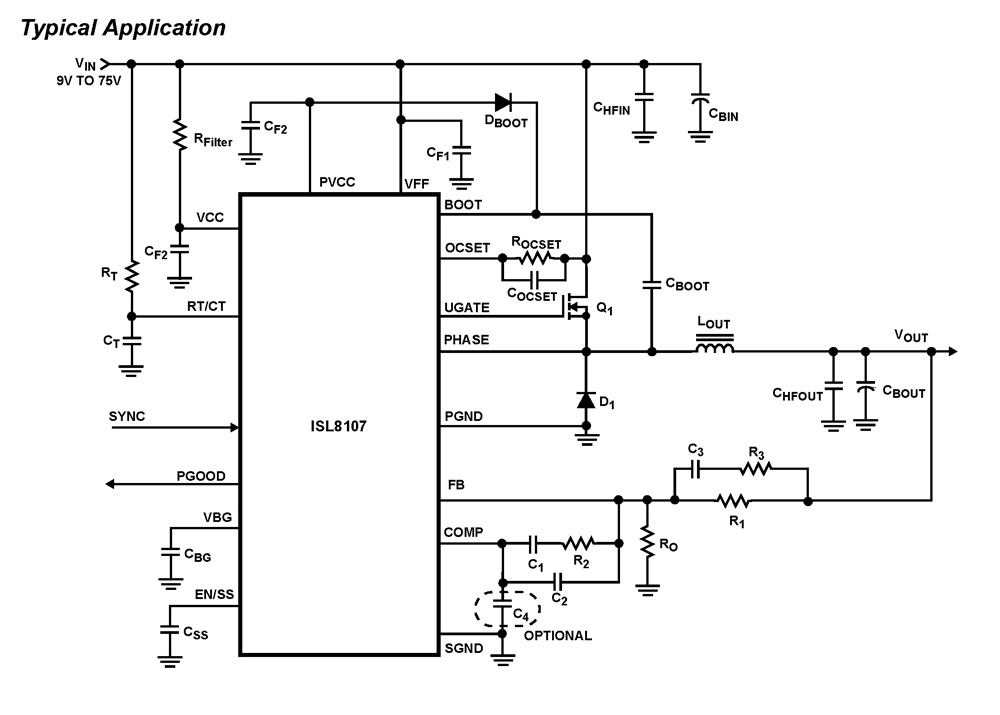
Levitation PWM
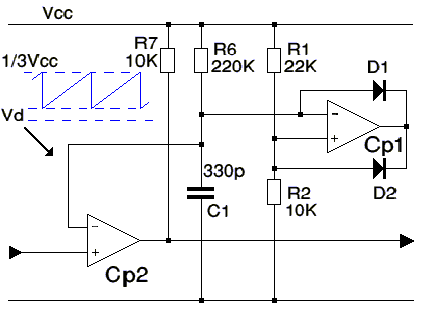
The switched controller utilized is effective; however, a pulse width modulation (PWM) circuit is more advantageous. It offers efficient operation with reduced heat generation and provides linear functioning. The implementation requires a minimal number of components. When capacitor C1 is sufficiently discharged, the current flowing through diode D1 is restricted by resistor R6, while the current through diode D2 is constrained by resistor R2, resulting in a current through D2 that is ten times greater than that through D1. This current ratio ensures that the voltage drop across D1 remains less than that across D2, thereby maintaining the negative input below the positive input, which facilitates the continuous reset of the oscillator. Although the oscillator generates a sawtooth waveform instead of a triangular one, this distinction has limited practical implications.
The PWM circuit described operates by modulating the width of the pulses to control the power delivered to a load. The core components include the oscillator, which generates a sawtooth waveform, and the driver stage that interfaces with the switching element, typically a transistor or MOSFET. The sawtooth waveform is essential for creating a variable duty cycle, which effectively controls the average voltage and current supplied to the load.
In this configuration, capacitor C1 plays a critical role in timing the discharge cycle, which influences the frequency of the PWM signal. The diodes D1 and D2 are strategically placed to manage the current flow, ensuring that the feedback mechanism operates correctly. Resistor R6 limits the current through D1, thus preventing excessive voltage drop and ensuring that the circuit remains stable during operation. Meanwhile, resistor R2 limits the current through D2, allowing for a higher current flow that is necessary for the desired operation of the circuit.
The feedback system is crucial for maintaining the oscillator's function. By ensuring that the negative input is consistently below the positive input, the circuit can reset effectively, thereby maintaining continuous operation. The choice of a sawtooth waveform, while not as ideal as a triangular waveform in some applications, generally suffices due to the robustness of the PWM technique in a variety of electronic applications. The simplicity of the design, requiring fewer components, contributes to cost-effectiveness and ease of implementation in various electronic systems.The switched controller that I used is nice, but a PWM (pulse width modulation) circuit is better. It provides cool-running operation and linear operation. It can be implemented with a small number of components. When C1 is sufficiently discharged the current through D1 is limited by R6 whilst the current through D2 is limited by R2, so will be 10 times as high as that through D1. Because of this current ratio, it can be guaranteed that there will be less voltage dropped across D1 than across D2, so the negative input will always fall below the positive input and the oscillator will always reset. To offset these advantages, the oscillator gives a sawtooth rather than a triangular waveform but there are very few occasions when this has any practical significance.
🔗 External reference
The PWM circuit described operates by modulating the width of the pulses to control the power delivered to a load. The core components include the oscillator, which generates a sawtooth waveform, and the driver stage that interfaces with the switching element, typically a transistor or MOSFET. The sawtooth waveform is essential for creating a variable duty cycle, which effectively controls the average voltage and current supplied to the load.
In this configuration, capacitor C1 plays a critical role in timing the discharge cycle, which influences the frequency of the PWM signal. The diodes D1 and D2 are strategically placed to manage the current flow, ensuring that the feedback mechanism operates correctly. Resistor R6 limits the current through D1, thus preventing excessive voltage drop and ensuring that the circuit remains stable during operation. Meanwhile, resistor R2 limits the current through D2, allowing for a higher current flow that is necessary for the desired operation of the circuit.
The feedback system is crucial for maintaining the oscillator's function. By ensuring that the negative input is consistently below the positive input, the circuit can reset effectively, thereby maintaining continuous operation. The choice of a sawtooth waveform, while not as ideal as a triangular waveform in some applications, generally suffices due to the robustness of the PWM technique in a variety of electronic applications. The simplicity of the design, requiring fewer components, contributes to cost-effectiveness and ease of implementation in various electronic systems.The switched controller that I used is nice, but a PWM (pulse width modulation) circuit is better. It provides cool-running operation and linear operation. It can be implemented with a small number of components. When C1 is sufficiently discharged the current through D1 is limited by R6 whilst the current through D2 is limited by R2, so will be 10 times as high as that through D1. Because of this current ratio, it can be guaranteed that there will be less voltage dropped across D1 than across D2, so the negative input will always fall below the positive input and the oscillator will always reset. To offset these advantages, the oscillator gives a sawtooth rather than a triangular waveform but there are very few occasions when this has any practical significance.
🔗 External reference
